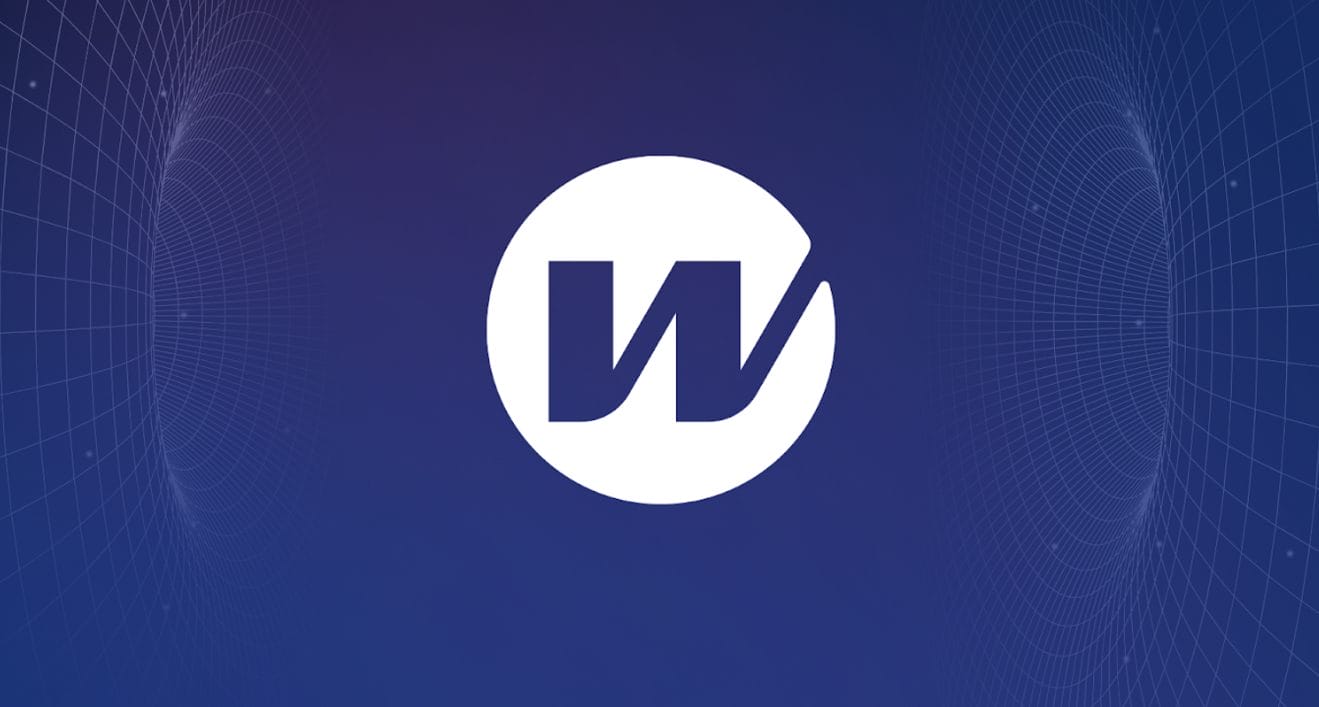Top 7 Crypto Market Trends to Watch in 2024

It’s tough to find an industry more innovative than crypto, but that same creative spirit makes identifying crypto trends a bit of a moving target. What’s hot can quickly become what’s not as blockchain adds the next block. In this guide, we’ll examine the latest crypto market trends to get a better understanding of where to find the best opportunities.
We’ll visit the crossroads of AI and crypto and take a trip to the moon with high-flying meme coins on L2 networks. We’ll also examine the market for decentralized applications of real-world assets on blockchain networks, bridging the gap between crypto and traditional assets. Let’s find out where the crypto market is headed next.
The Biggest Crypto Market Trends in 2024
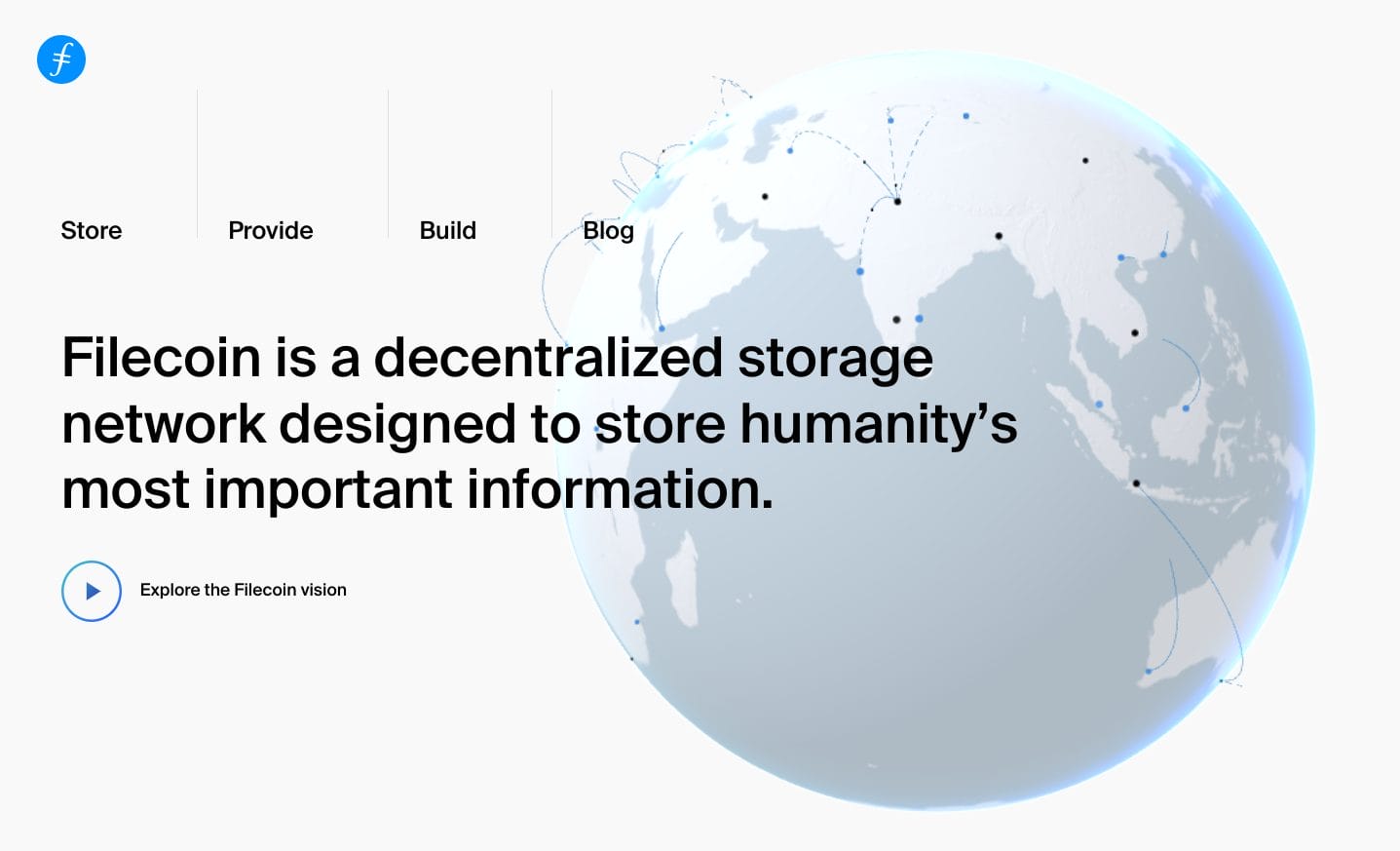
Bitcoin saw the first real adoption of peer-to-peer crypto payments. Ethereum showed us the computing power of smart contracts. Crypto trends today build on the well-tested blockchain technology launched over a decade ago and introduce a new vocabulary with terms like dePIN, restaking, and CBDCs. Many of these new trends seek to connect the everyday world with blockchain in new ways.
1. DePIN
If you’re unfamiliar with dePIN, the acronym refers to Decentralized Physical Infrastructure Network. In short, it refers to everyday infrastructure services made available through blockchain participants. Think of DePIN as putting your hardware resources to work, providing access when needed by others.
Let’s break that down with some examples.
- Filecoin: The Filecoin project provides a decentralized alternative to cloud storage goliaths like Google and Amazon by using the local storage on individual computers to create a crypto-powered cloud. Similar to cloud service providers, Filecoin charges a monthly rate but allows individual providers to earn passive income through hosting.
- Arweave: Similar to Filecoin, Arweave offers decentralized file storage. However, the protocol allows permanent storage for a one-time fee and allows applications to be built that utilize this stored data.
- Helium: The Helium project was the first DePIN project to make waves. Helium allows users to access WiFi hotspots provided by other network users. Providers are called miners, providing internet access to Internet of Things (IoT) devices, cell phones, and tablets.
- Render: The Render protocol puts idle graphics processing units (GPUs) to work using an incentivized network. Applications range from art to AI, giving on-demand access to creators and companies.
- Hivemapper: Dashcam-equipped vehicles collect valuable data about the roadways. Hivemapper lets users put this data to use to earn HONEY tokens. Some choose to use the data to help teach AI systems, while others use the Hivemapper app to share real-time information about traffic delays. Users in certain high-density areas can earn extra rewards for contributing to Hivemapper’s map.
Many dePIN projects have launched or moved to Solana, where they can reach many users with minimal transaction costs.
Although dePIN projects date back to 2020, many applications are newer, and demand is still limited. However, prices for dePIN coins anticipate future demand, with tokens like Filecoin (FIL) surging in early 2024.

2. AI Coins
Learning how to predict crypto trends often centers on observing what’s hot in mainstream markets, such as AI. According to Statista, the AI market could grow to more than $800 billion by 2030. The buzz surrounding AI naturally leads to blockchains and protocols well-suited to data analysis and storage. You’ll also find some crossover in this segment, with projects like Render playing a role in both dePIN and AI.
Top AI crypto coins and projects include the following.
- Near: The Near protocol is making a name for itself in the area of user-owned AI. The project originated with from an AI startup, and now sets its sights on individual AI assistants optimized to each user’s needs.
- Render: With some crossover from the dePIN space, Render is also an AI play. Bullish RNDR investors point to Render’s role in digital art creation, including the possibility of AI-generated art.
- Artificial Superintelligence Alliance: The ASI token combines three leading AI blockchain tokens (SingularityNET, Fetch.ai, and Ocean Protocol) in a two-stage process.
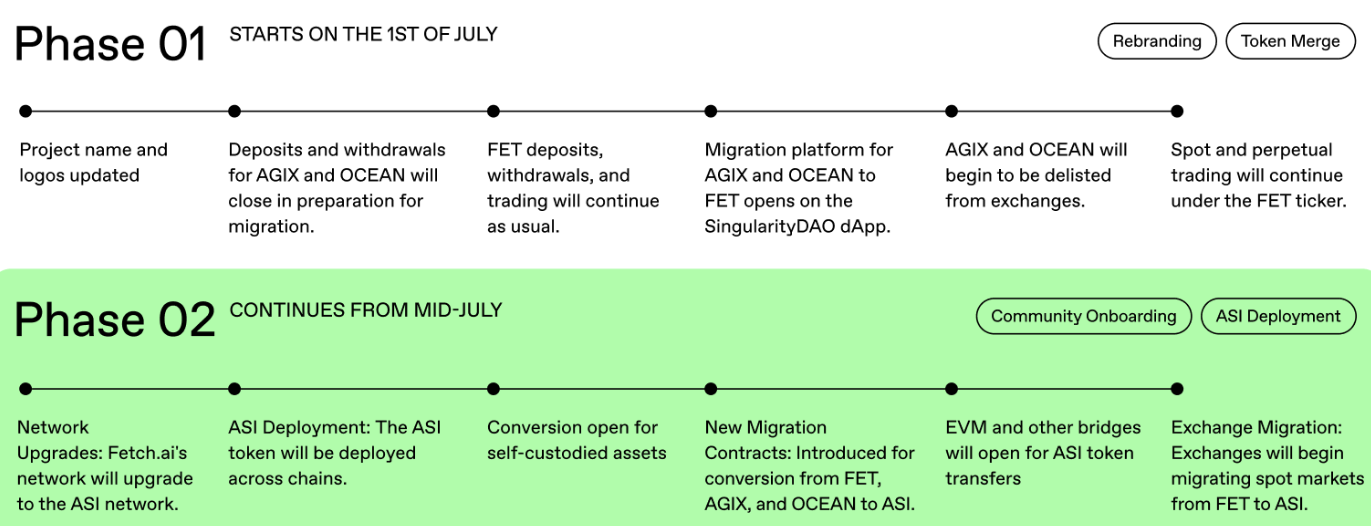
- Injective: The Cosmos-based Injective blockchain uses AI elements in decentralized finance (DeFi) transactions, setting its sights on the finance industry. The blockchain supports AI-based trading, making it a popular speculative investment in the AI crypto space.
- The Graph: Built as a tool for data-driven dApps, The Graph indexes data stored on blockchains and is often described as the Google of blockchain. The project announced plans to add AI-assisted queries using large language models.
- Theta: As another dePIN crossover, the Theta Network enables CPU/GPU sharing for both AI and video projects.
- Oasis: dePin crossovers are common in the AI space. Oasis gives users access to AI models, running from image generation to chat assistants. On the dePIN front, a growing army of individual providers can earn OAI tokens by providing computing resources for the network.
- Internet Computer: The Internet Computer chain invites users to run their AI models on-chain. To go further, Internet Computer can run AI models within a smart contract.

3. Layer-2 Meme Coins
Current crypto market trends also highlight the fun-loving side of the community. Meme coins are back. This time, it’s the Layer-2 (L2) networks you’ll want to watch. Trading meme coins on Ethereum can be costly, but the transaction fees on Layer-2 networks like Base make them more attractive for rapid-fire trades or quick swaps.
The market caps for leading meme coins on Base now rival those of smaller blockchains. Brett on Base boasts a $1.6 billion market cap. And while others trail Brett by a significant margin, fortunes are being made (and sometimes lost) on memes on Base and other L2 networks.

Although Base has attracted growing numbers of meme traders, you may want to look beyond Base as well. The aptly named Degen chain operates as a Layer-3 on Base, bringing low-cost transactions at a small fraction of a penny. Degen already has several decentralized exchanges largely focused on meme coins.
Pepe Unchained (a prelaunch) or even Shibarium, a chain originating from the Shiba Inu meme coin, offer other examples of promising L2 chains that could become hubs for meme coin traders.
L2 and L3 chains make meme trading affordable, but be careful to avoid rug pulls. Tools like Tokensniffer and rug scanners like Rug Patrol become invaluable resources for avoiding losses due to malicious tokens and dodgy developers.
4. RWA (Real-World Assets)
The tokenization of real-world assets (RWAs) is already underway as several blockchain projects compete to attract individual and corporate users. Virtually any asset, ranging from real estate to government treasury notes, can be tokens on the blockchain. This strategy allows permissionless ownership and provides an inclusive marketplace for investors of any size.
We highlight some of the leading RWA crypto projects below.
- Ethereum: BlackRock launched the BlackRock USD Institutional Liquidity Fund (BUIDL) on the Ethereum blockchain. The fund’s assets under management grew from $375 million in April 2024 to nearly half a billion dollars by June 2024. The on-chain money market fund focuses on US treasuries.
- Chainlink: The Chainlink protocol is best known as a data provider but has its sights set on RWAs. The team plans to link all on-chain markets using an open standard, allowing cross-chain transactions and collateralization of real-world assets regardless of which blockchain they utilize.
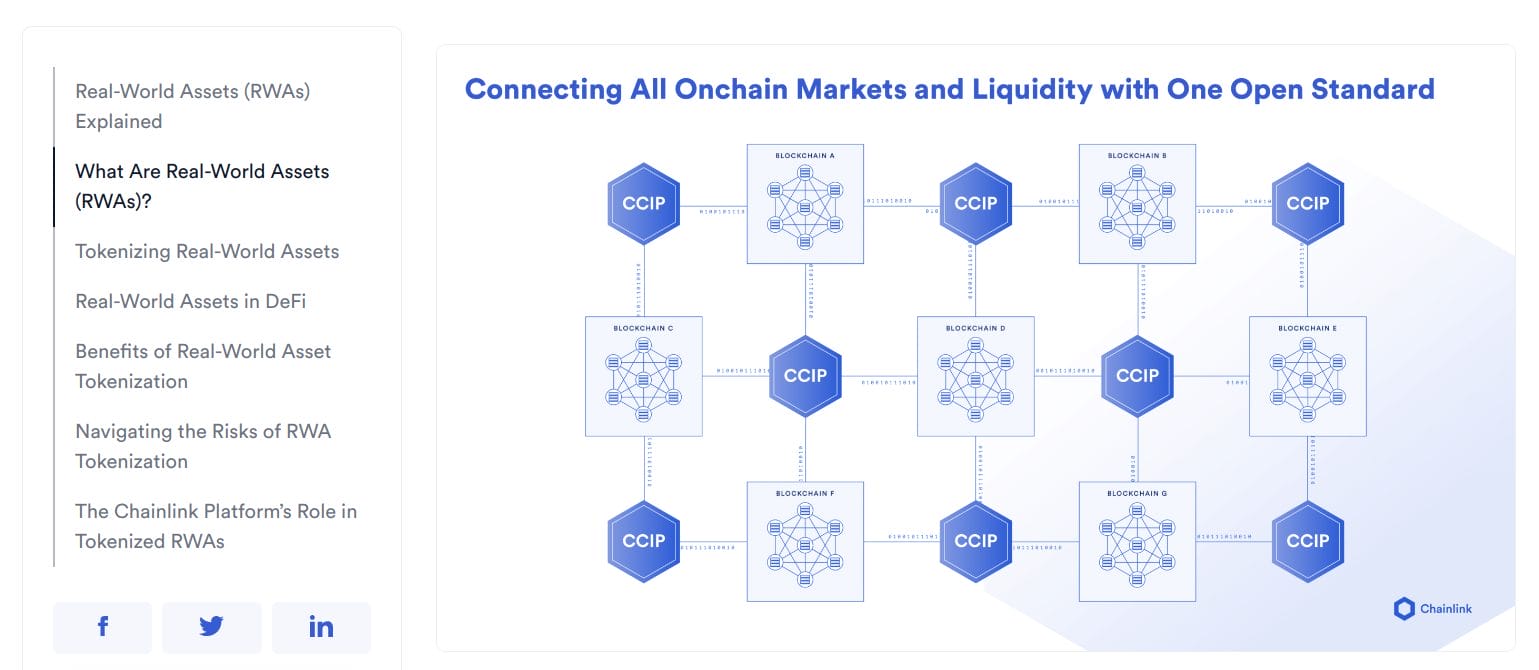
- XRP: Although popularized as a settlement currency for cross-border transactions, XRP Ledger supports any compatible token. This makes XRP a potential play for tokenized real-world assets. Ripple’s deep connections to global financial service providers could prove beneficial for RWA’s adoption on the chain.
- Polymesh: The Polymesh protocol allows programmable RWA tokens that handle complex compliance rules. The protocol can settle transactions without using smart contracts to define the assets. Use cases range from fractionalized real estate to profit sharing.
- Algorand: Several specialized platforms on the Algorand platform provide tokenized RWA, with Agrotoken being one of the most prominent. The platform allows farmers to tokenize their grain to instantly monetize the crop.
- Ondo: The Ondo platform offers tokenized treasuries and a tokenized USD yield fund, as well as on-chain lending and borrowing.
5. Central Bank Digital Currencies (CBDCs)
Although controversial due to privacy, security, and censorship concerns, CBDCs have already arrived in many parts of the world. The Bahamas, Jamaica, and Nigeria have already implemented central bank digital currencies, and another 130 countries are exploring the possibility of introducing a CBDC.
While CBDCs don’t offer an investment opportunity in and of themselves, they could impact trading and represent a probable trend in digital assets within the near future.
6. PolitiFi
Circling back to meme coins, some of the most fervent altcoin speculation centers on PolitiFi tokens. This special breed of meme coins focuses on political figures such as Trump and Biden. Some are tongue-in-cheek, poking a bit of fun, while others provide a strong leadership image for fans of each respective political figure or ideology.
We list some popular picks below.
- ConstitutionDAO (PEOPLE): $459,926,279 market cap
- Trump (MAGA): $365,129,558 market cap
- MAGA Hat (MAGA): $137,136,612 market cap
- Joe Boden (BODEN): $105,509,991 market cap
Like all meme coins, PolitiFi tokens see extreme price volatility. The success of some coins also inspires droves of copycat coins (and rug pulls). Double-check contract addresses and research each coin thoroughly before you buy.
Many expect the hype over PolitiFi coins to last into the US election season and perhaps beyond. Some leading PolitiFi tokens are traded on centralized exchanges like Binance, although a more common way to trade and find meme tokens is through platforms like Dexscreener or Dextools.
7. Restaking
Staking refers to locking crypto assets in a smart contract to help secure a blockchain. For example, when the Ethereum blockchain moved to proof of stake, the change allowed stakers to pledge ETH tokens to help validate transactions. Staking works as a type of collateral offered on behalf of the validator node. In exchange, stakers receive a yield paid in cryptocurrency.
Several popular protocols, such as Lido, now offer liquid staking. When staking ETH, for example, you’ll receive a new token that represents the staked ETH and earns a yield.
Restaking allows these liquid staking tokens to be staked again, thereby earning yield twice. However, the risk of slashing is doubled because you’re staking on two chains. Protocols like EigenLayer can use staking to secure several networks, delivering outstanding yields.
While EigenLayer boasts the highest total value locked (TVL), several competing protocols offer similar features based on EigenLayer’s framework. These include EtherFi, Pendle, Restake Finance, and Puffer Finance.
What are Crypto Market Trends?
Crypto market trends are simply changes in market direction to support new tech or, in the case of meme coins, make crypto fun. Several trends have emerged since 2009, when Bitcoin first launched, each marking a change in how we use crypto and where investment dollars flow. Bitcoin has remained strong, but the introduction of smart contracts after Ethereum’s launch led to large investments in ETH and Ethereum-based apps.
We’ve come a long way since crypto’s early days, and crypto trends today reflect a changing market that includes L2 networks and several Layer-1 networks well suited to AI or dePIN applications.
Although the overall market is growing, these moves to trending sectors often mean capital moves as well. Building a strong crypto portfolio requires knowledge of these trending sectors to decide which fits well with your investment priorities. The risk comes in chasing tech that’s not well understood. Invest some time in learning how to spot crypto trends as well as how to analyze the opportunities.
How to Spot Crypto Market Trends Early
Watch for buzzwords on social media to find trends, although you don’t have to limit yourself to the cryptosphere. For example, AI was a hot topic before it before it made waves in crypto markets. Sites like CryptoNews, CoinMarketCap, and CoinGecko can also help you identify trends in crypto. CryptoNews provides reports on the latest happenings in the cryptocurrency industry and provides helpful guides for each niche. CoinMarketCap and CoinGecko provide market cap data as well as breakdowns by sector.
We discuss several techniques to identify crypto market trends early on below.
Stay Informed
To be more effective at spotting trends, it helps to follow market news closely. Reading an article once every few months probably won’t be enough to find the next big thing. At worst, you might find a trend after everyone else does, becoming exit liquidity as the market rotates to a new trend. It helps to become a crypto native, using protocols and following breaking news from knowledgeable sources.
Engage on X
Few platforms have the breadth of knowledge you’ll find on crypto Twitter. Find some knowledgeable people to follow and put your preconceptions aside. Crypto Twitter accounts often have an ear to the ground and know where the market is headed before most people who work full-time in other industries.
However, take what you learn and do your research. Social media provides a platform for those who want to pump their bags. Make sure whatever trends you find fit your investment goals.
Use Market Analytics Tools
The blockchain provides nearly any type of data you could need to find trends. For example, DeFiLlama details the top protocols by category. You can then drill down to compare growth in TVL and compare that against other sectors or protocols. The site also provides a CSV download so you can study the data in a spreadsheet.
Other tools like TokenTerminal or Messari can help you find growing sectors of the crypto market. You can also study the revenue of specific protocols within a sector. Messari also offers in-depth market reports.
For meme coins and other swaps, sites like Dexscreener and GeckoTerminal provide sections for trending tokens. Study these and look for patterns. Then, research potential investments before making your move.
Use Keyword Search Tools. Your favorite search engine already knows what’s trending in crypto markets. However, you might not find it with a simple Google search. Consider using Google Trends to help you discover what people are searching for on Google. The related search section at the bottom of the trend analysis can be helpful as well, letting you drill down into keywords related to specific projects.

Conclusion
Learning how to spot crypto trends requires a bit of research. It also helps you get involved in the crypto community. Occasional dabbling increases the likelihood that you’ll be the last one at the party, so it pays to stay alert so you can act on trends earlier. Crypto trends today center on AI, dePIN, and meme coins, but the market can change direction quickly. Stay engaged on platforms like Twitter and reliable news sites like CryptoNews to keep up to date on what’s happening in the cryptosphere.
FAQs
What is the current trend in the crypto market?
Several new trends are now attracting crypto investors, including AI tokens, dePIN tokens, and meme coins on Layer-2 networks like Base.
How can you predict crypto market trends?
To predict crypto market trends, staying engaged with crypto communities and trusted publications is important. Follow knowledgeable people on Twitter and pay attention to new terms, such as dePIN. You can also use tools like DefiLlama, Token Terminal, and Messari to discover the latest crypto trends.
What will the biggest crypto market trend for 2024 be?
AI tokens and meme coins on Layer-2 networks remain strong categories. AI coins also share some crossover with the dePIN space, which is another strong crypto trend.
References
- Artificial intelligence (AI) market size worldwide from 2020 to 2030 (statista.com)
- BlackRock’s BUIDL Becomes Largest Tokenized Treasury Fund Hitting $375M, Toppling Franklin Templeton’s (coindesk.com)
- Central Bank Digital Currency Development Enters the Next Phase (imf.org)
- Study shows 130 countries exploring central bank digital currencies (reuters.com)
About Cryptonews
At Cryptonews, we aim to provide a comprehensive and objective perspective on the cryptocurrency market, empowering our readers to make informed decisions in this ever-evolving landscape.
Our editorial team, comprised of more than 20 professionals in the crypto space, works diligently to uphold the highest standards of journalism and ethics. We follow strict editorial guidelines to ensure the integrity and credibility of our content.
Whether you’re seeking breaking news, expert opinions, educational resources, or market insights, Cryptonews.com is your go-to destination for all things crypto since 2017.








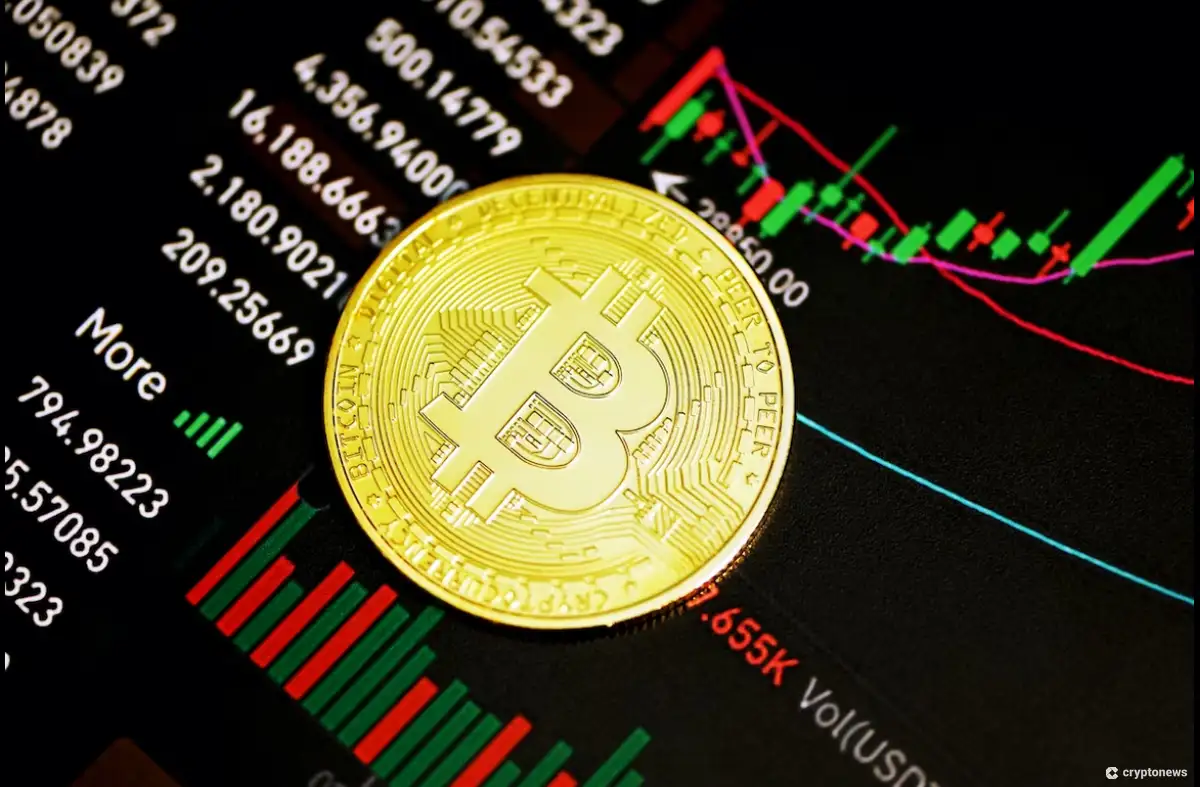
 Michael Graw
Michael Graw 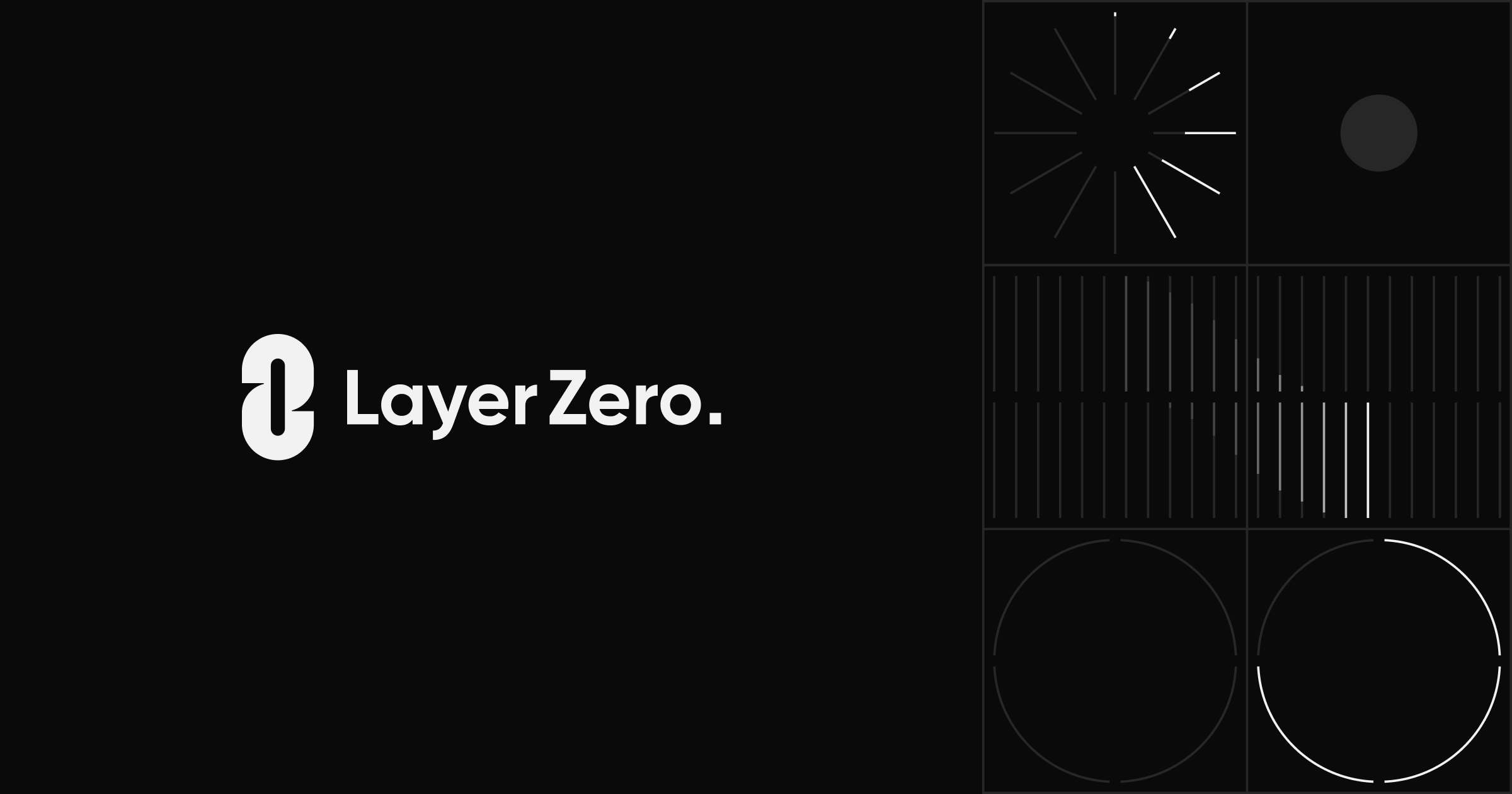
 Eliman Dambell
Eliman Dambell 